Ever wondered why your yard suddenly transforms into a buzzing metropolis of insects during specific seasons, only to become eerily quiet during others? This fascinating phenomenon isn’t random at all. The timing of insect appearances follows intricate biological rhythms that have evolved over millions of years, creating a natural calendar that determines when different species emerge, reproduce, and disappear from our daily lives.
Temperature Acts as Nature’s Master Switch
Temperature serves as the primary conductor orchestrating the grand symphony of insect life cycles. Most insects are cold-blooded creatures, meaning their body temperature directly mirrors their environment. When temperatures drop below certain thresholds, their metabolic processes slow dramatically, often bringing them to a complete standstill.
This temperature dependence explains why you’ll spot mosquitoes buzzing around your porch light in July but won’t find a single one during December’s frigid nights. Each species has evolved specific temperature ranges that trigger their activity, reproduction, and development stages. Some beetles require soil temperatures above fifty degrees Fahrenheit to emerge from their underground hideouts, while certain butterflies need consistently warm days to power their delicate flight muscles.
Daylight Hours Trigger Biological Clocks
The length of daylight acts like a biological alarm clock for countless insect species. This phenomenon, called photoperiodism, allows insects to anticipate seasonal changes and time their life events accordingly. As days grow longer in spring, many species receive the signal to begin their reproductive cycles or emerge from dormancy.
Fireflies provide a perfect example of this daylight sensitivity. These magical insects don’t just appear randomly during summer evenings. They emerge when specific daylight duration triggers hormonal changes that initiate their mating behavior. The shortened days of autumn send an equally powerful signal, prompting many insects to enter diapause, a state similar to hibernation.
Food Availability Determines Insect Timing
Insects have evolved to synchronize their life cycles with peak food availability. This strategic timing ensures that both adults and their offspring have access to optimal nutrition during critical growth periods. The relationship between insects and their food sources creates a domino effect that influences when we encounter different species.
Consider the timing of leaf-eating caterpillars, which emerge precisely when tree leaves are young, tender, and packed with nutrients. Similarly, flower-visiting bees and butterflies coordinate their activity with blooming seasons. This synchronization explains why you might see clouds of aphids attacking your garden plants in early spring, when new growth provides the perfect combination of accessibility and nutrition.
Moisture Levels Control Insect Emergence
Water availability plays a crucial role in determining when insects become active and visible. Many species require specific moisture conditions to complete their development or to maintain their delicate body structures. Dry conditions can force insects into hiding, while optimal humidity levels can trigger mass emergences.
The relationship between rainfall and insect activity becomes particularly evident with species like termites, which often swarm after heavy rains. These moisture-dependent emergences explain why you might notice sudden increases in certain insect populations following wet weather patterns. Conversely, drought conditions can dramatically reduce insect visibility, as many species retreat to protected microhabitats to conserve water.
Reproductive Cycles Create Seasonal Patterns
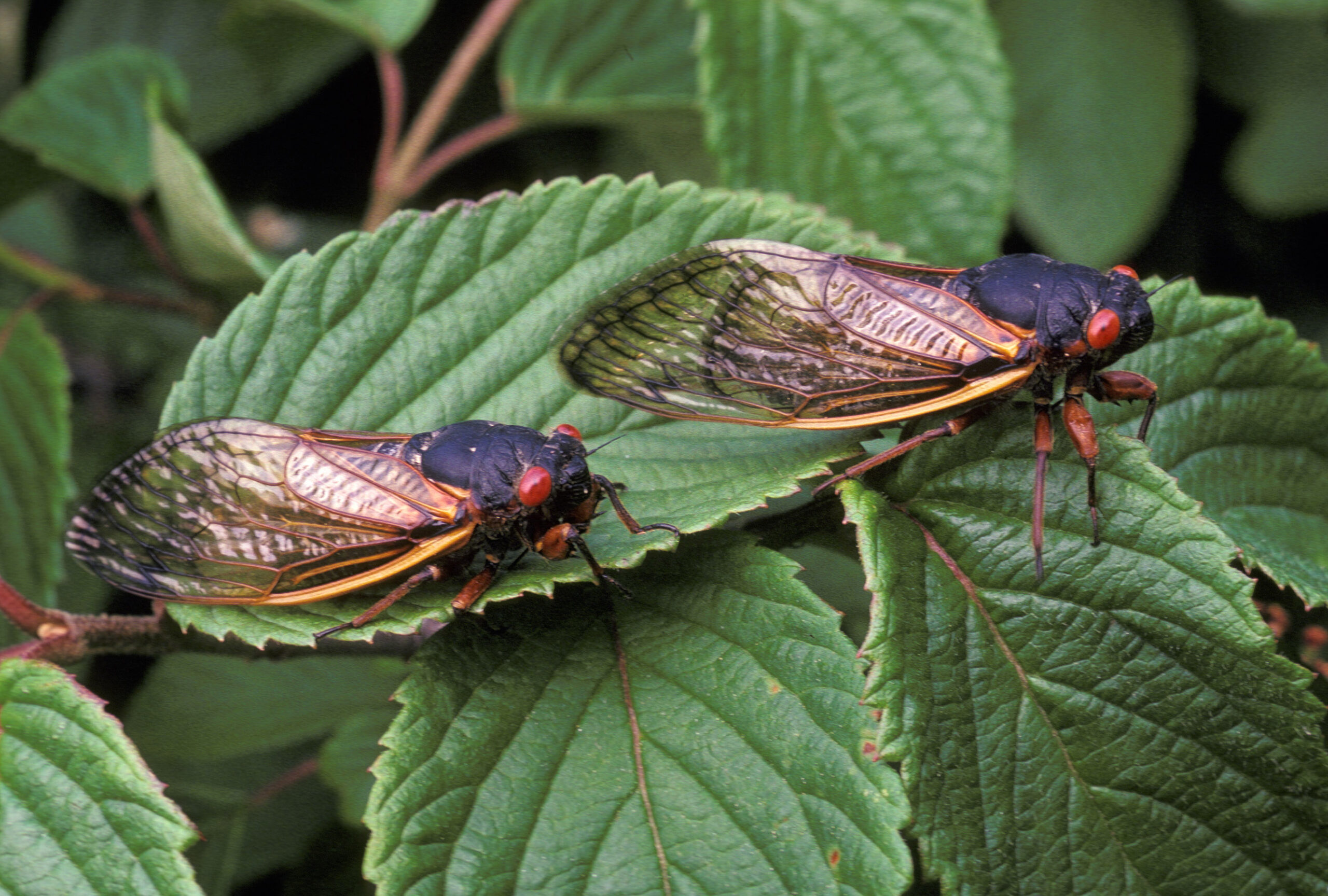
The timing of insect reproduction creates distinct seasonal patterns that determine when we encounter different species. Most insects have evolved to reproduce during optimal conditions, ensuring their offspring have the best chance of survival. This reproductive timing often creates predictable windows when adult insects become highly visible.
Take cicadas as an extraordinary example of reproductive timing taken to extremes. These insects spend years underground, only emerging in synchronized mass events that can span several weeks. Their emergence timing depends on complex interactions between temperature, soil conditions, and internal biological clocks. During these emergence periods, the insects become impossible to ignore, then virtually disappear for extended periods.
Predator-Prey Relationships Shape Visibility
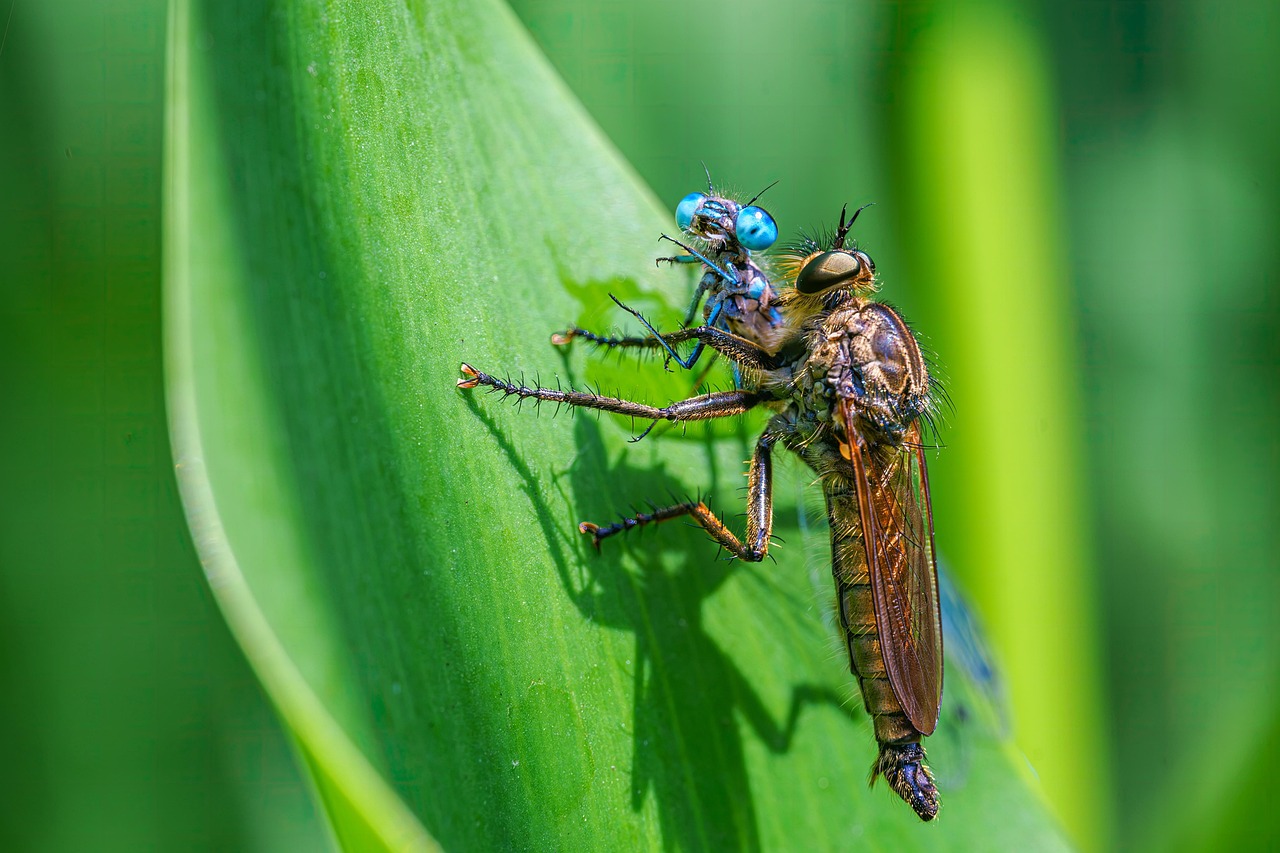
The complex web of predator-prey relationships significantly influences when insects choose to be active and visible. Many species have evolved to time their activity periods to avoid peak predator activity, while others synchronize their emergence to overwhelm predators through sheer numbers. This biological arms race creates distinct patterns in insect visibility throughout the year.
Some insects employ the strategy of synchronized emergence, where massive numbers appear simultaneously to ensure that predators cannot consume the entire population. Others have evolved to be active during times when their primary predators are less active, such as nocturnal insects that avoid daytime bird predation. These survival strategies contribute to the seasonal ebb and flow of insect populations we observe.
Migration Patterns Affect Regional Sightings
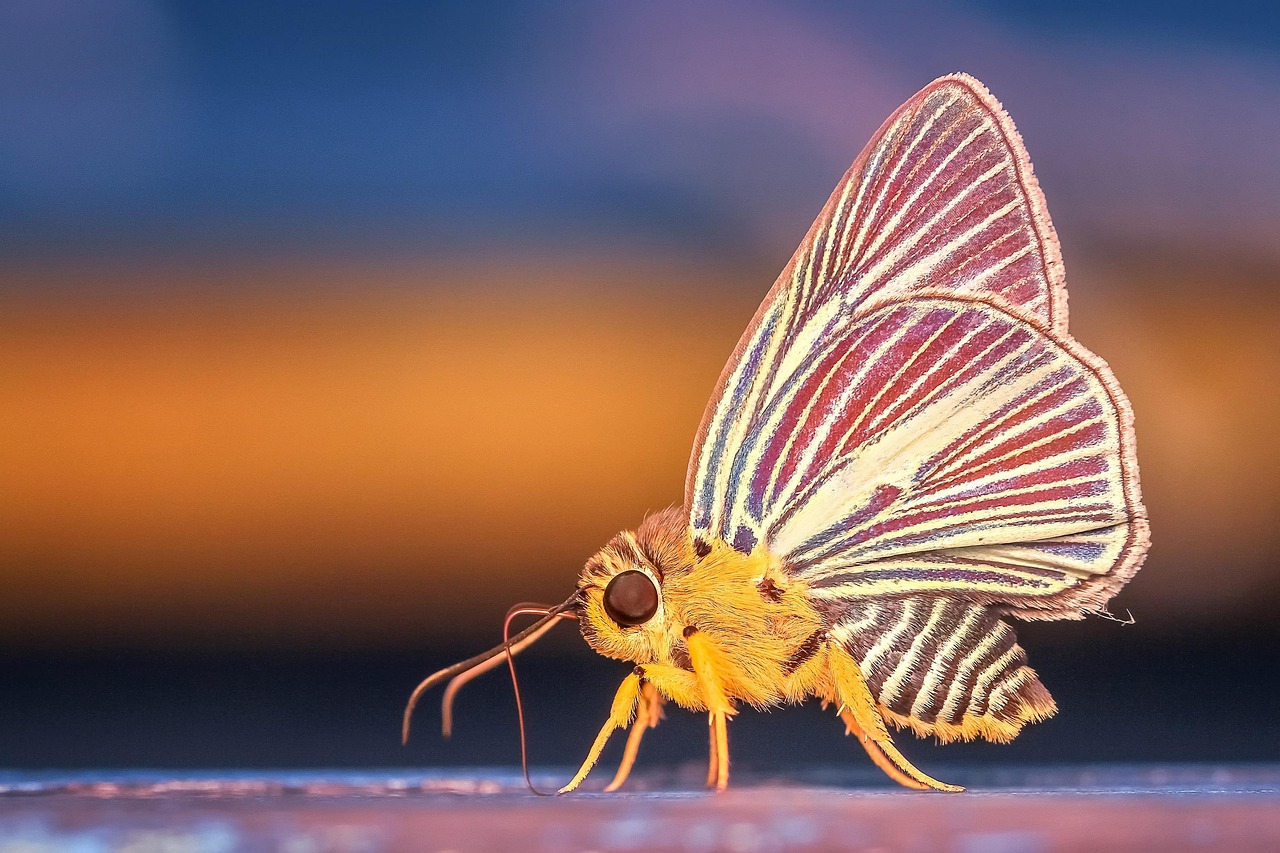
Many insects undertake remarkable migrations that create seasonal patterns in their regional visibility. These movements often span hundreds or thousands of miles, following favorable weather patterns, food sources, or breeding grounds. The timing of these migrations creates predictable windows when certain species become abundant in specific geographic areas.
Monarch butterflies represent one of the most spectacular examples of insect migration affecting seasonal visibility. These delicate creatures travel thousands of miles between their breeding grounds and overwintering sites, creating distinct seasonal patterns in different regions. Understanding these migration patterns helps explain why you might see clouds of monarchs during specific months, followed by their complete absence during other seasons.
Overwintering Strategies Determine Spring Appearances
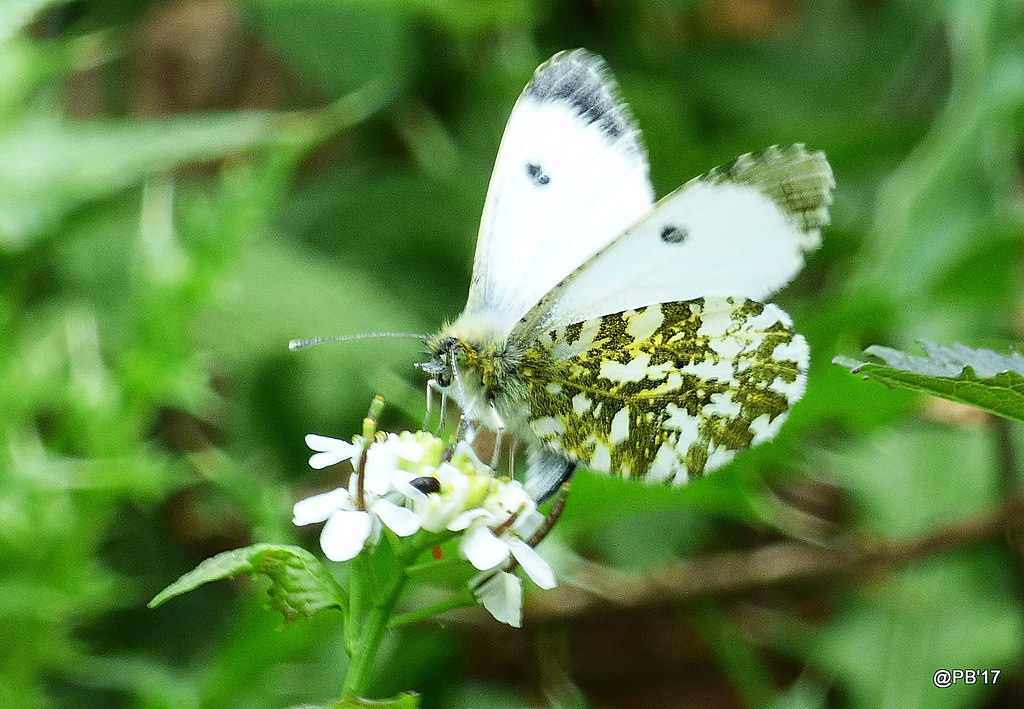
The various strategies insects use to survive winter conditions directly impact when they become visible during spring and summer months. Some species overwinter as adults, others as larvae, pupae, or eggs, and each strategy results in different emergence timing. These overwintering adaptations create a staggered schedule of insect appearances throughout the warmer months.
Insects that overwinter as adults often emerge early in spring, taking advantage of the first warm days to resume activity. Those that overwinter in other life stages may not become visible until later in the season, when they complete their development. This staggered emergence pattern explains why you might encounter some familiar insects in early spring, while others don’t appear until late summer.
Host Plant Relationships Create Synchronized Timing
Many insects have evolved intimate relationships with specific host plants, creating synchronized timing between plant growth cycles and insect activity. These relationships ensure that insects are most active when their preferred plants are in optimal condition for feeding or egg-laying. The timing of these plant-insect interactions creates predictable patterns in insect visibility.
Specialist insects often time their life cycles to coincide with specific stages of their host plants’ development. For example, some butterflies lay their eggs precisely when their host plants are producing new growth, ensuring that emerging caterpillars have access to the most nutritious food. This synchronization creates distinct seasonal windows when these insects become most visible in areas where their host plants grow.
Weather Patterns Influence Activity Levels
Beyond basic temperature and moisture requirements, complex weather patterns significantly influence insect activity and visibility. Barometric pressure changes, wind patterns, and seasonal weather systems all contribute to determining when insects choose to be active. These weather-dependent behaviors create fluctuating patterns in insect encounters throughout the year.
Many insects can detect approaching weather changes and adjust their activity accordingly. For instance, many flying insects become more active before storms, while others retreat to shelter at the first sign of changing conditions. These weather-responsive behaviors help explain why you might notice sudden increases or decreases in insect activity that seem to coincide with weather patterns.
Hormonal Changes Drive Seasonal Behaviors
Complex hormonal systems within insects control their seasonal behaviors, determining when they become active, reproduce, or enter dormancy. These internal chemical signals respond to environmental cues like temperature and daylight, creating the precise timing that governs insect life cycles. Understanding these hormonal controls helps explain the predictable nature of seasonal insect appearances.
Different hormones control various aspects of insect behavior and development, from triggering emergence from overwintering sites to initiating reproductive behaviors. The interplay between these hormonal systems and environmental conditions creates the sophisticated timing mechanisms that ensure insects appear at optimal times for survival and reproduction.
Soil Conditions Affect Underground Developers
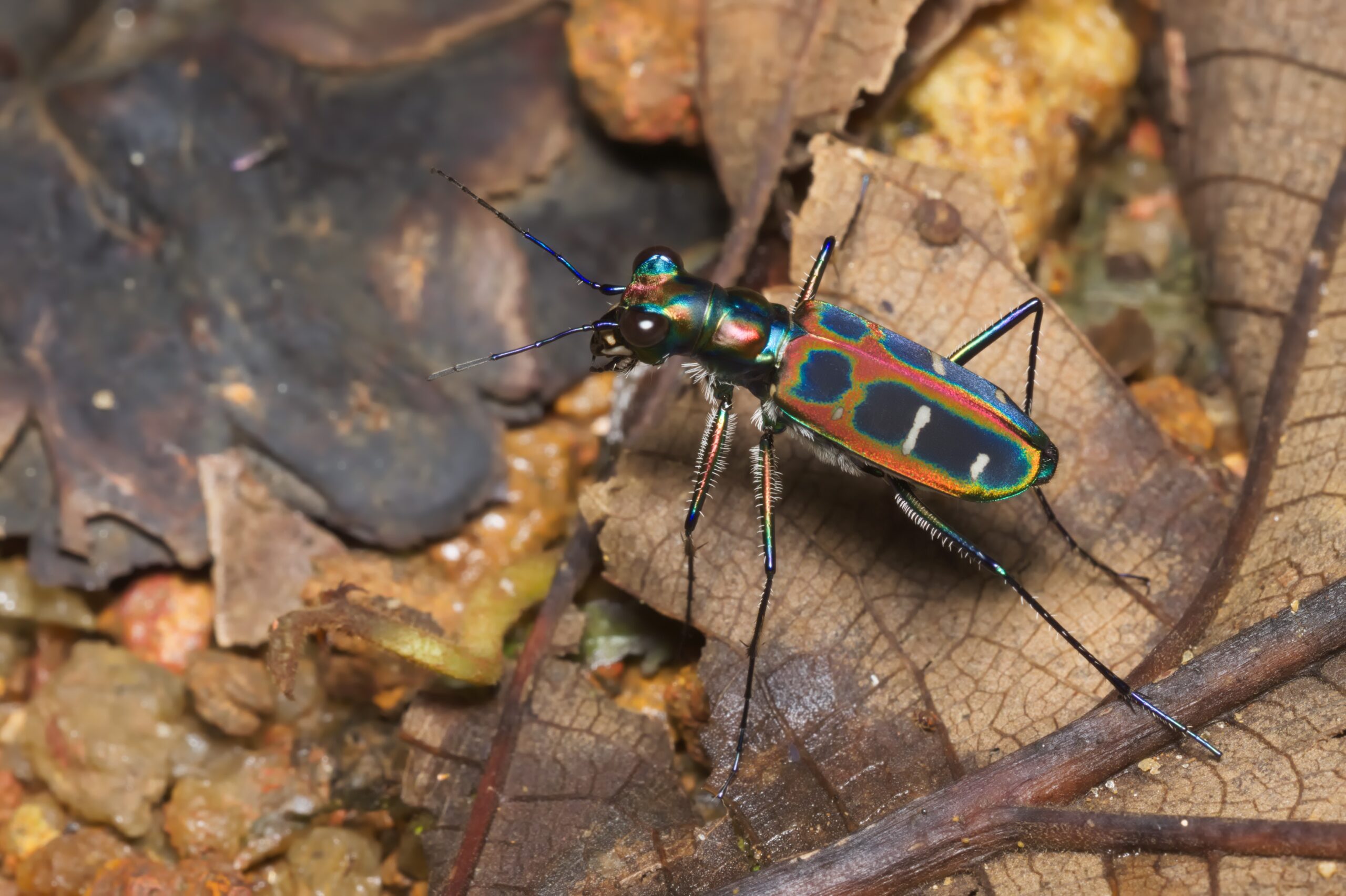
Many insects spend significant portions of their lives underground, where soil conditions dramatically influence their development and emergence timing. Soil temperature, moisture content, and chemical composition all play crucial roles in determining when these insects complete their development and emerge into the visible world above ground.
Ground-dwelling insects often depend on specific soil conditions to trigger their emergence. Some species require soil temperatures to reach certain thresholds before they can complete their development, while others need specific moisture levels to soften the soil enough for emergence. These soil-dependent factors create another layer of complexity in the timing of insect appearances.
Competition for Resources Shapes Timing
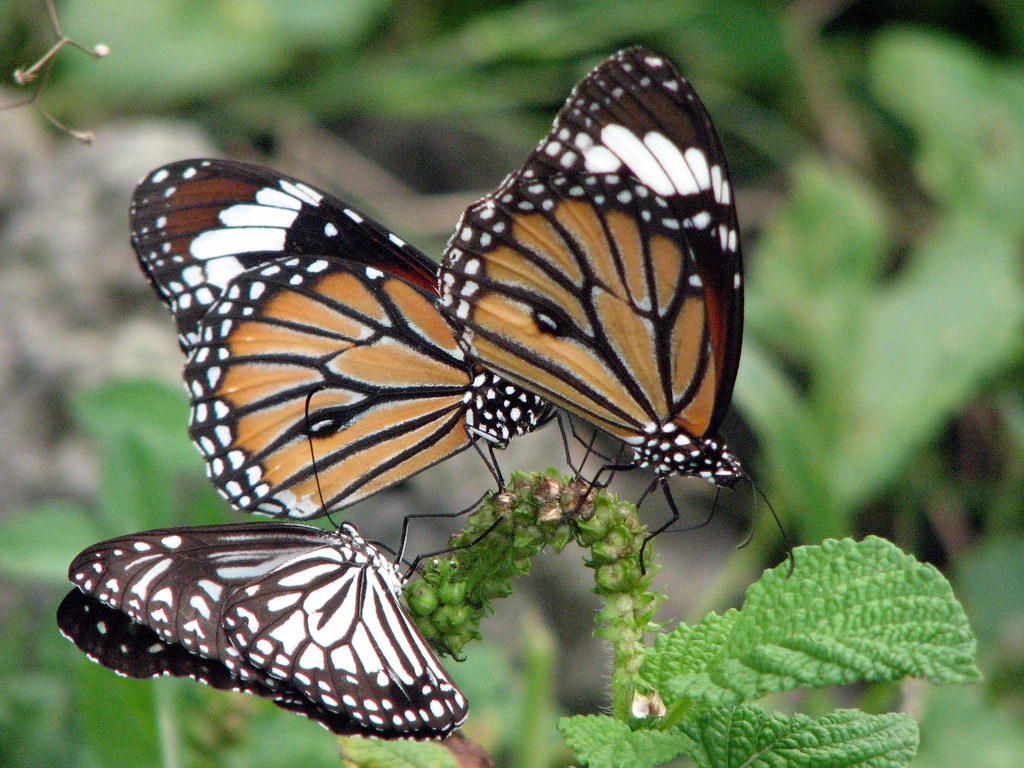
Competition between different insect species for limited resources influences their seasonal timing strategies. Many species have evolved to be active during periods when competition is reduced, either by avoiding peak activity times of competitors or by utilizing resources that become available at different times. This competitive pressure contributes to the diverse timing patterns we observe in insect communities.
Resource partitioning through temporal separation allows multiple species to coexist in the same environment by utilizing similar resources at different times. This strategy helps explain why you might see a succession of different insect species throughout the season, each taking advantage of resources during their optimal timing window while avoiding direct competition with other species.
Climate Change Impacts Traditional Patterns
Changing climate patterns are increasingly affecting traditional insect seasonal timing, creating shifts in when and where we encounter different species. Rising temperatures, altered precipitation patterns, and changing seasonal timing are disrupting the carefully evolved synchronization between insects and their environmental cues. These changes are creating new patterns in insect visibility that differ from historical norms.
Some insects are emerging earlier in the season due to warmer temperatures, while others are extending their active periods later into the year. These shifts can create mismatches between insects and their food sources or disrupt predator-prey relationships. Understanding these climate-driven changes helps explain why you might notice insects appearing at unexpected times or in unusual numbers compared to previous years.
Urban Environments Modify Natural Patterns
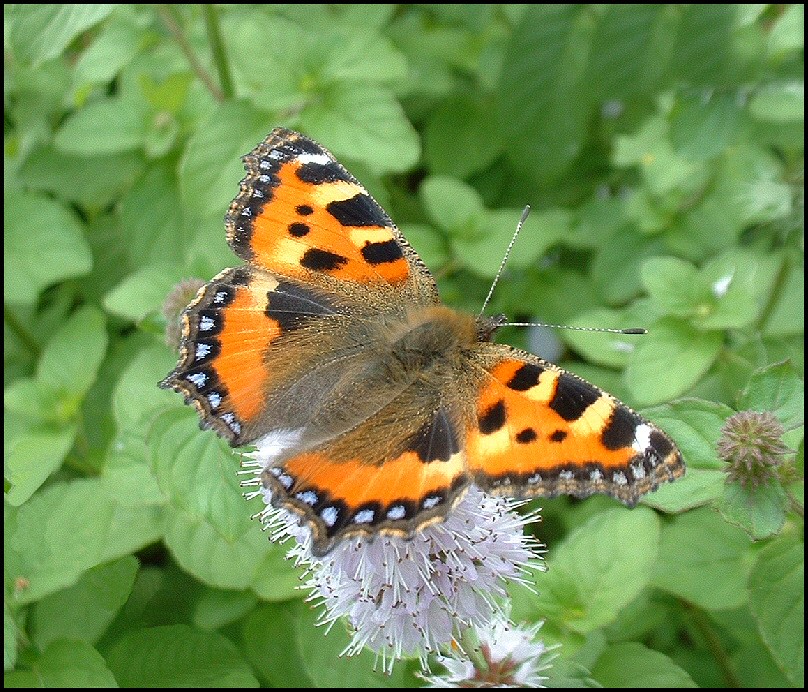
Human-modified environments, particularly urban areas, can significantly alter natural insect seasonal patterns. Artificial lighting, altered temperatures due to heat islands, and changed vegetation patterns all influence when and where insects become active. These urban modifications can create unique seasonal patterns that differ from those in natural environments.
Urban heat islands often extend the active period of many insects, while artificial lighting can disrupt natural behavioral rhythms. The presence of non-native plants and altered water sources in urban environments can also create new timing patterns for insect activity. These urban influences help explain why insect seasonal patterns in cities might differ from those in surrounding natural areas.
The Symphony of Seasonal Insect Life
The intricate timing of insect appearances throughout the year represents one of nature’s most remarkable achievements in evolutionary coordination. These six primary factors work together in complex ways, creating the predictable yet dynamic patterns of insect activity that characterize each season. From the warming soils of spring that trigger emergence to the shortening days of autumn that signal dormancy, each environmental cue contributes to the grand choreography of insect life.
Understanding these patterns enriches our appreciation for the natural world and helps us better predict and appreciate the seasonal changes in insect communities around us. The next time you notice the sudden appearance of a particular insect species, consider the complex interplay of factors that brought them to that exact moment in time.
What other seasonal patterns in nature might follow similar intricate timing mechanisms?
